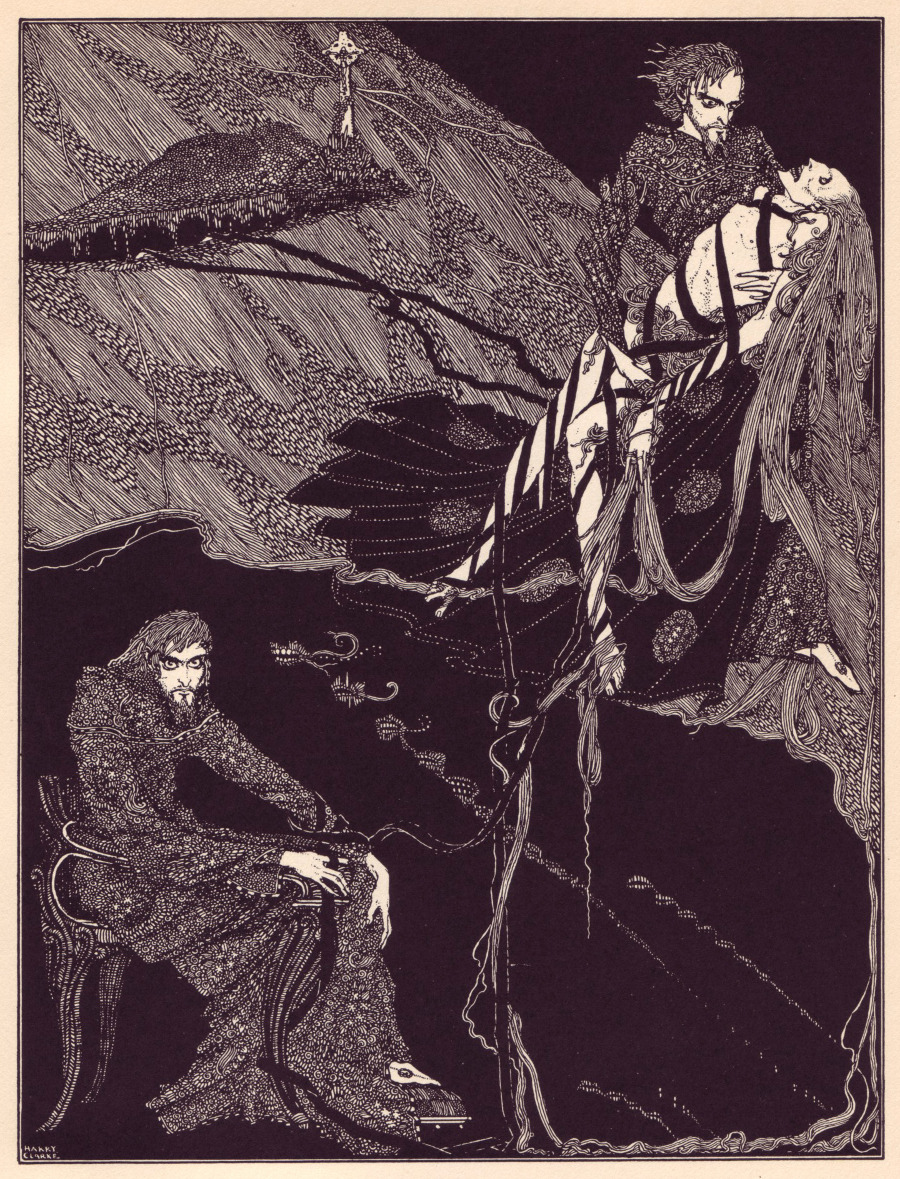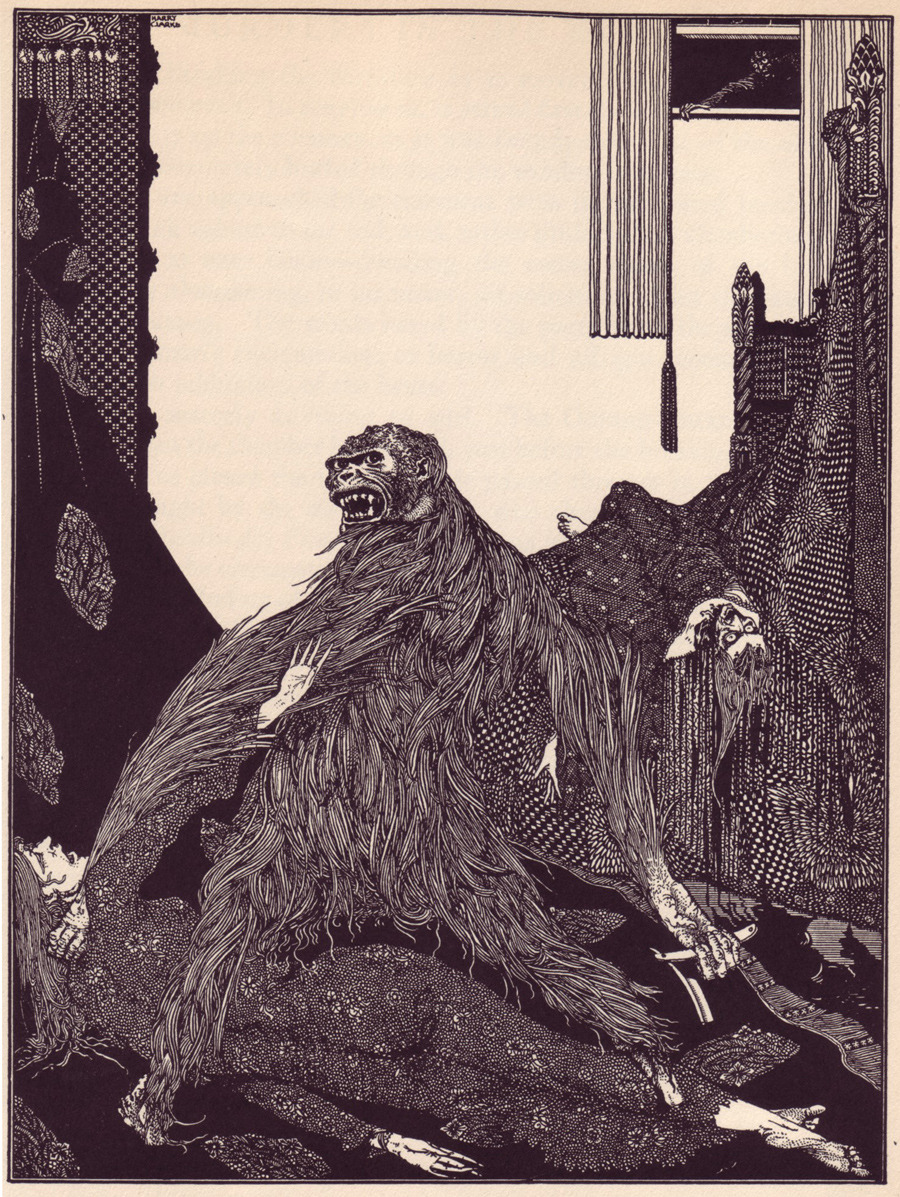While the Apocalypse – Blog
Visual Arts · Culture · Design · Fashion · Advertise · Comunity · Science · Technology
As you’ve probably noticed if you’re a regular reader of this site, we’re big fans of book illustration, particularly that from the form’s golden age—the late 18th and 19th century—before photography took over as the dominant visual medium. But while photographs largely supplanted illustrations in textbooks, magazines, and newspapers over the course of the 20th century, works of fiction, which had been routinely published in lavishly illustrated editions, suddenly became the featureless banks of words we know today. Though image-heavy graphic novels and comic books have thrived in recent decades, the illustrated literary text is a rarity indeed.
Why did this change come about?
“I really don’t know,” writes Christopher Howse at The Telegraph, but he points out that the era of illustrated fiction for grown-ups ended “after the death of the big Victorian novelists,” like Dickens and Trollope. Before adult picture-books went out of style, several now-famous artists made careers as book illustrators. When we think of the big names from the period, we think of Aubrey Beardsley and Gustave Doré, both of whom we’ve covered heavily here. We tend not to think of Irish artist Harry Clarke—a relative latecomer—but we should. Of the many incredible illustrations from famous works of literature we’ve featured here, my favorite might be Clarke’s 1926 illustrations of Goethe’s Faust.
Open Culture Leer más






